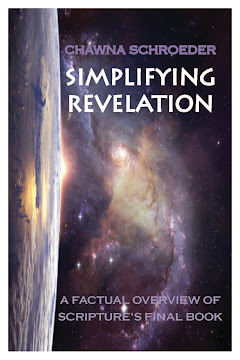The art of description is simply painting a picture with words. It sounds so easy. Just close your eyes and write what you see, right? Yet this is one of the hardest tools in the writer’s box to apply well.
Tool many details and the reader becomes overwhelmed or bored. Too few and the reader will fail to visualize a scene—the characters act in a vacuum. Rather, the writer must be selective. How much does the reader need to know? What does the reader want to know? Which details are vital and which are just excess?
Making a difficult task even harder, that balance will vary, depending on the author and the story.
Some authors, like Stephen Lawhead and Jeffrey Overstreet, paint descriptions with a zillion shades of colors and with such intricate details that it steals your breath. Yet their selection of those colors and the placement of those details never overwhelm, never cause the descriptions to feel busy or garish.
Other writers prefer a more confined and simpler use of words, choosing the stark contrasts of black-and-white photography. No less beautiful, these descriptions may be short, even terse compared to their elaborate counterparts, but they capture the essence of scene with a startling clarity.
Of course, there are infinite variances between these two extremes. But neither style is wrong and each is equally difficult to do well.
Monday, February 8, 2010
Subscribe to:
Post Comments (Atom)




No comments:
Post a Comment